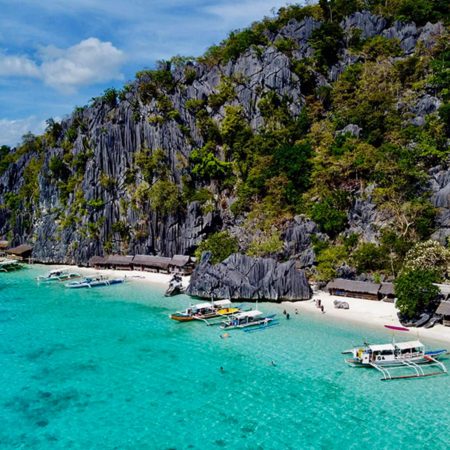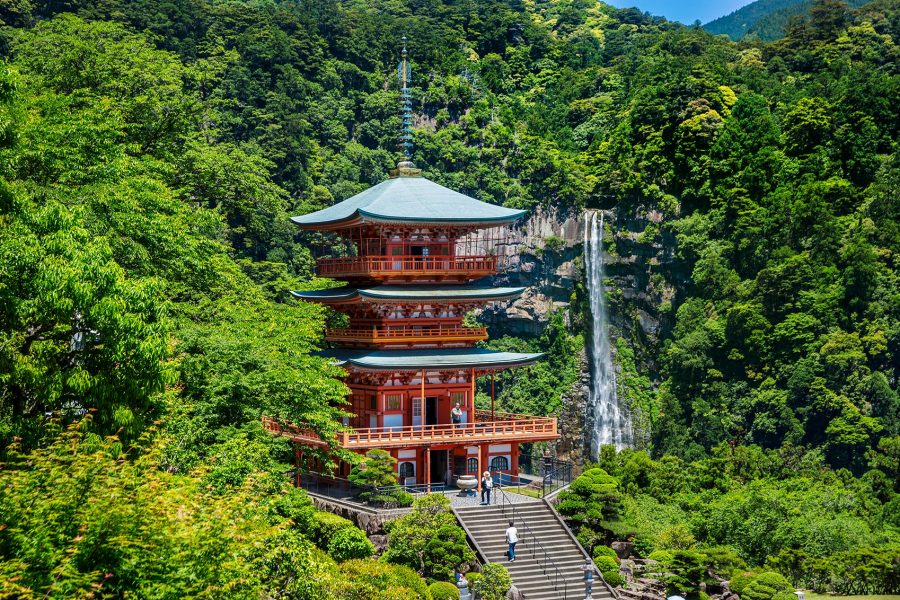The Kumano Kodo spans the prefectures of Nara, Wakayama and Mie in Japan’s Kansai region. It’s a series of ancient trails surrounded by towering trees and breathtaking mountain ranges. And by no means is it a walk in the park. Picking my way along the Nakahechi route’s uneven, moss-covered stone paths, I seem to keep tripping over entangled tree roots. After seven hours, I arrive at the end of one section of this 38.5km route, and its highest point. A rain graces the area just in time: the wind and gentle drops falling through the cedar leaves seem to cleanse my body and soul.
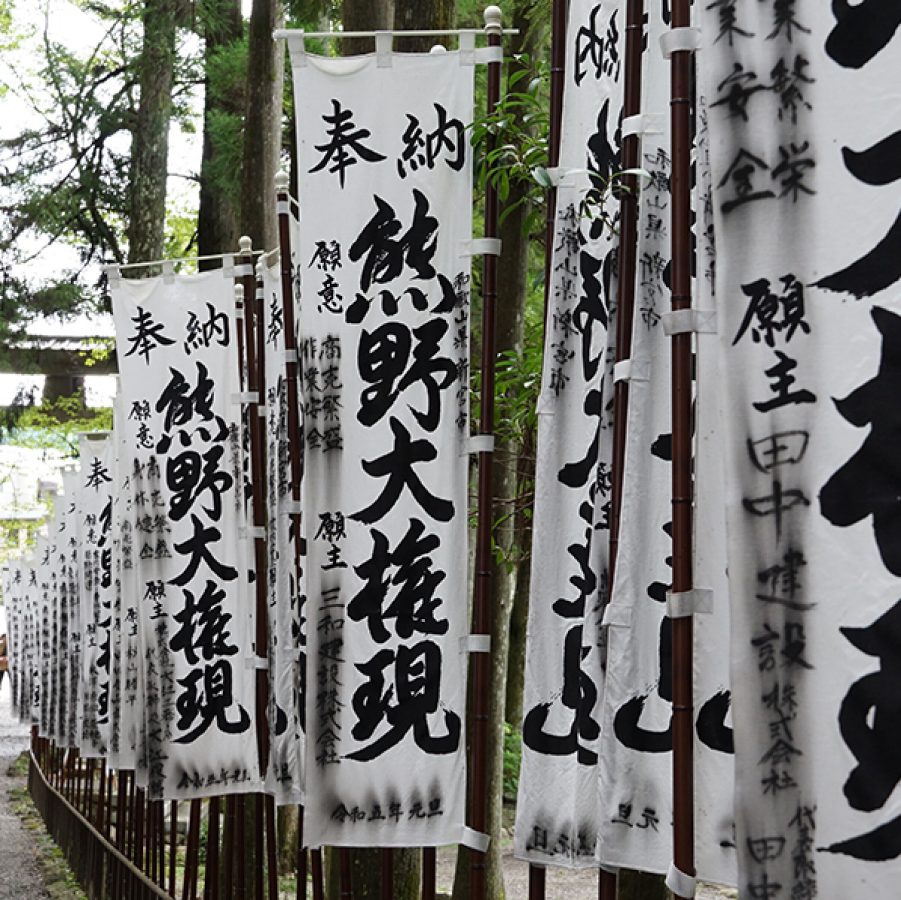
Credit: Charlotte Kung
Believing in nature
Legend has it that the Kii Mountains in Kansai mark the home of the gods. After Buddhism was introduced to Japan it merged with Shinto, and the area has since become sacred for both religions. From the Heian period (794-1185) onwards, royals, nobles and warriors have made their way here to worship. In 2004, the sacred sites and pilgrimage routes in the Kii Mountain Range, including the Kumano Kodo, were inscribed onto the Unesco World Heritage list. Since then, travellers and pilgrims of all beliefs from around the world have descended upon this 506-hectare area to challenge themselves by embarking on these spiritual trails.
The Nakahechi route, once used by the imperial family on pilgrimage from Kyoto, is the most popular of the area’s six hiking trails. On my first of three days, I tackle an easy 7.5km section from the Hosshinmon Oji to Kumano Hongu Taisha. This relatively flat path is perfect for entry-level hikers and families looking for a day out in nature.
I meet Tuomo, a Finnish hiker, who has lived in Japan for three years. He’s halfway through the 38.5km Nakahechi route, which he aims to complete within five to seven days. “Finland’s hiking trails are equally serene, but the Kumano Kodo has a unique aura,” he says, while showing me a booklet filled with stamps from the shrines and suggesting I get one too. “Years from now, this booklet will be a memento of your journey.”
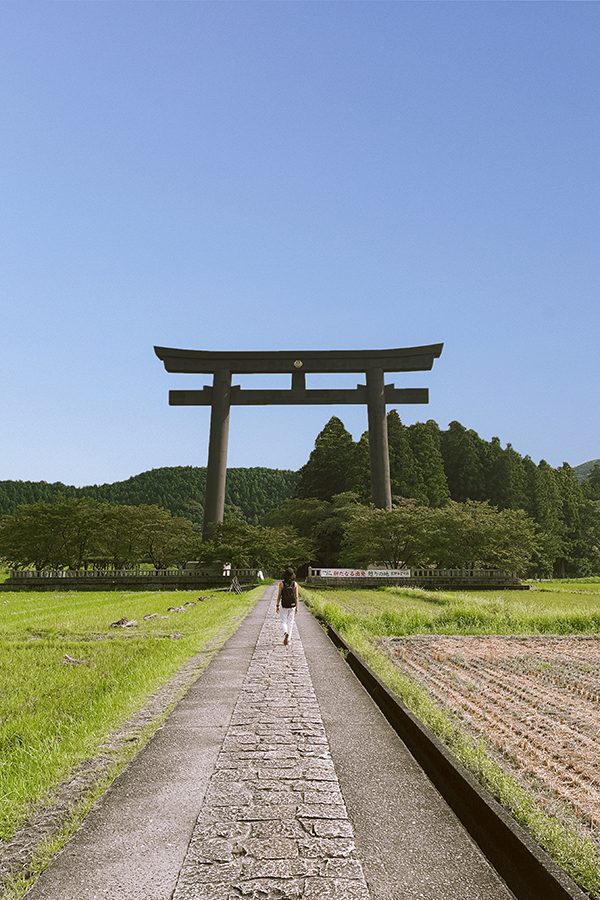
Credit: Charlotte Kung
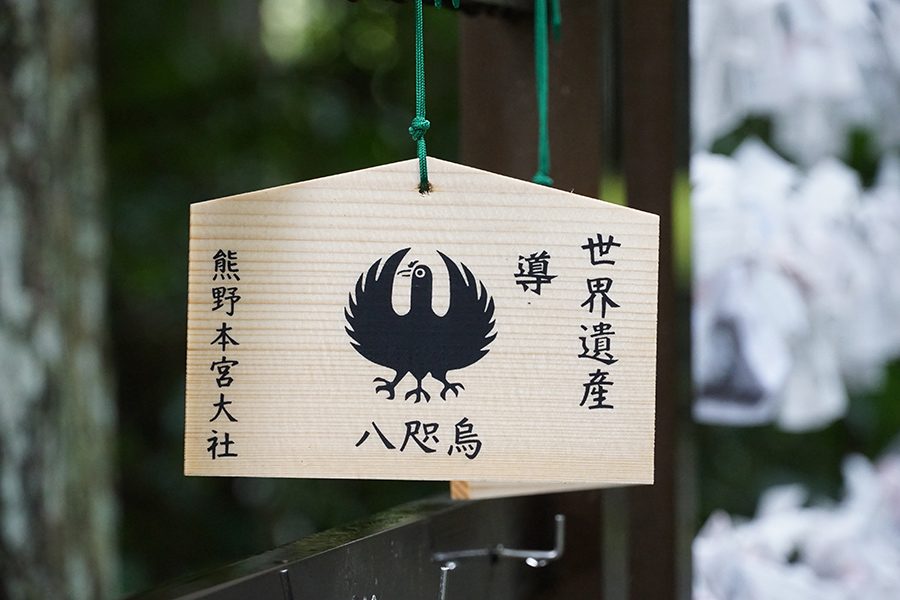
Credit: Charlotte Kung
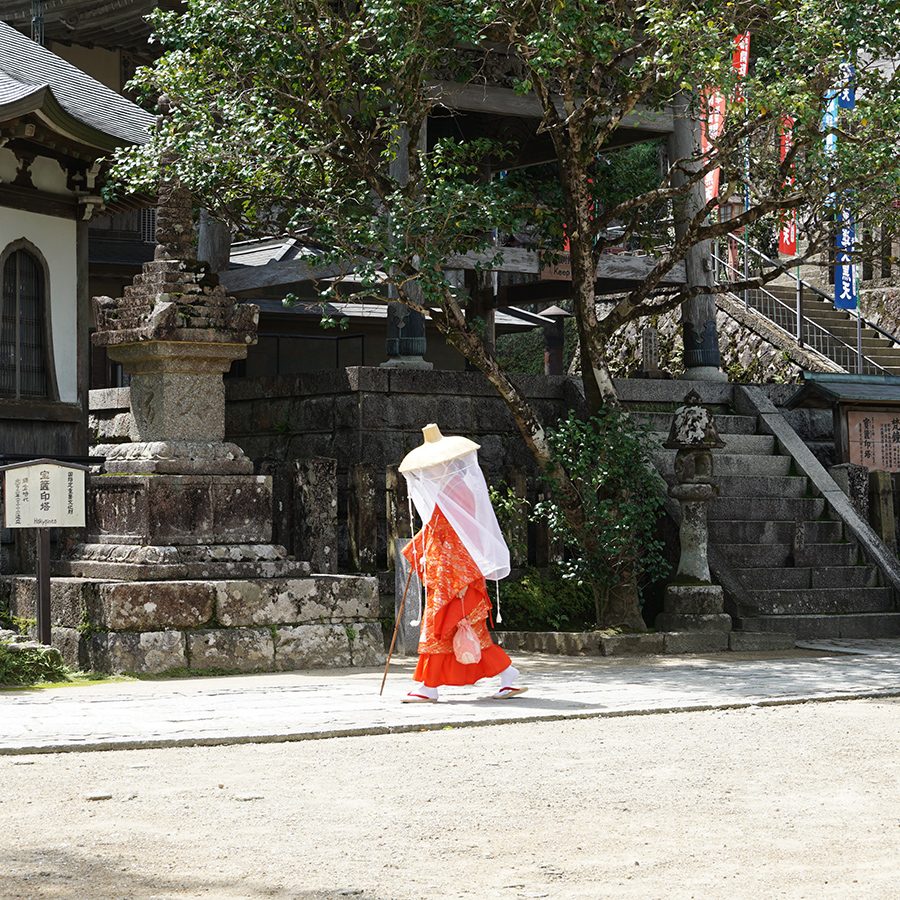
Credit: Charlotte Kung
On the second day, I set out to conquer the Ogumotori-goe, one of the toughest sections of Nakahechi. At the entrance of the Nachi Taisha shrine, I encounter two young Japanese women dressed in the seven-layered pilgrimage kimono of the Heian period. It took them 15 minutes to don the complete outfit, and the pair have just completed a two-and-a-half-kilometre walk in full costume and makeup. But it’s not only about the photos. It’s also about getting a sense of the past.
“With these tight robes and straw sandals, it was hard to walk – every step had to be carefully thought out,” one, whose family name is Ueto, tells me. “But since we couldn’t do the whole of the sacred trail, we wanted to get a sense of how it used to be.” It’s said that the longer you stay on the trails and the more effort you put into your hike, the likelier it is that your prayers will be answered. Opinions may vary. But to me, even over just a kilometre or two, every step leaves a trace.
Spanning 14.5km from the Nachi Taisha shrine to Koguchi village, the Ogumotori-goe is physically challenging because of its 500m elevation and an 840m descent over rugged terrain towards the end. The path is covered in moss, making it particularly slippery during and after rain, and refreshment kiosks are rare.
I come across a group of eight German hikers at the rest stop which marks the one-time Jizo-jaya Teahouse, about halfway along the route. Each had set their own pace; each turned inwards as they walked, sometimes together; sometimes alone. They laugh and talk now, resting in the heart of the forest. The joy of a long mountain journey; a snapshot of the journey through life.
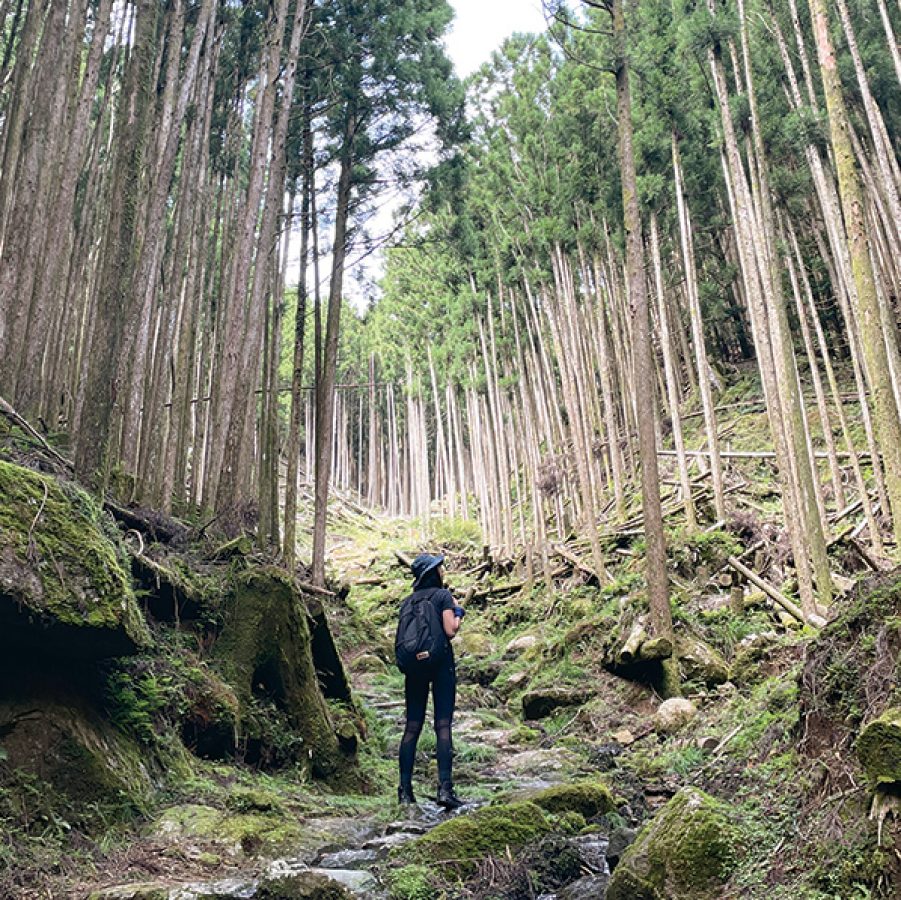
Credit: Charlotte Kung
Equality of all beings
Mountainous Wakayama reaches up to 2,000m in elevation and receives over three metres of rainfall annually, nourishing lush green land rich with flora and fauna. Surrounded by centuries-old giant cedars, I breathe the sweet air. I encounter common whitetail dragonflies, tiger keelback snakes, Japanese five-striped blue-tailed skinks, Indian fritillary butterflies. All are undisturbed by my presence. We are just one small part of the millions of species inhabiting nature. We must leave them be, happy in the blessings of the gods.
In every journey, there is always something that makes me marvel at the power of the Creator. Kumano Kodo, with its whispering birds, rustling insects, dancing shadows, and towering cedars blocking out civilisation, transcends time. It is far, far from 2023. This millennium-old trail has been preserved for me and for future generations, who will be able to embark on the very same spiritual path. It is a pure, untarnished land – one truly worthy of pilgrimage.
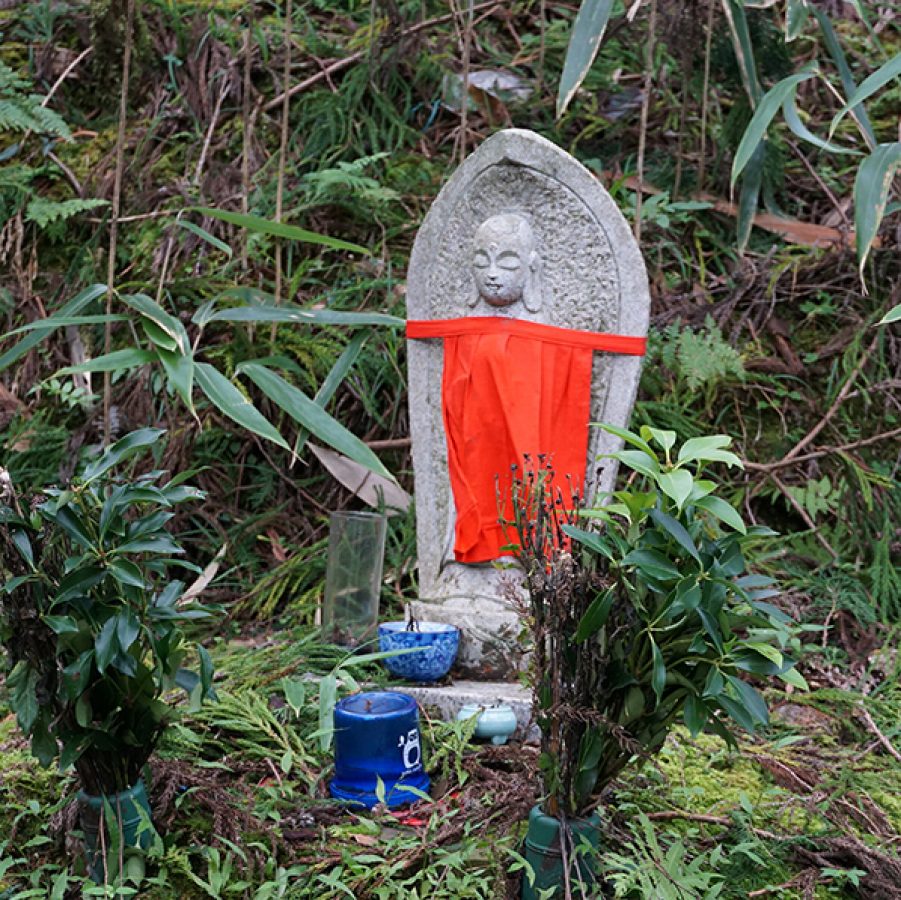
Credit: Charlotte Kung
Hiking route
Kumano Kodo’s six hiking routes are Nakahechi, Kohechi, Ohechi, Kiiji, Iseji and Omine Okugakemichi. Nakahechi is the main route that connects the three Kumano Sanzan shrines and features plenty of transport and accommodation options along the way. Free trekking poles are available at the start of each route. Bears and boars are common sights in the area.
Get there
From Osaka, take the JR train from Shin-Osaka Station to Shingu Station; the journey is about four hours. From Kansai International Airport, you can rent a car and drive to Wakayama in about 40 minutes.
More inspiration
Osaka travel information
- China – the Chinese Mainland, Hong Kong SAR, Macao SAR and Taiwan Region
- Hong Kong SAR - English
- Chinese Mainland (China) - English
- Taiwan, China - English
- 香港特別行政區 - 繁體中文
- 中国內地 - 简体中文
- 中國台灣 - 繁體中文
- Africa
- South Africa - English
- Asia
- Bangladesh - English
- Korea - English
- Singapore - English
- Cambodia - English
- 한국 - 한국어
- Sri Lanka - English
- India - English
- Malaysia - English
- Thailand - English
- Indonesia - English
- Maldives - English
- ประเทศไทย - ภาษาไทย
- Indonesia - Bahasa Indonesia
- Myanmar - English
- Vietnam - English
- Japan - English
- Nepal - English
- Việt Nam - tiếng Việt
- 日本 - 日本語
- Philippines - English
- Australasia
- Australia - English
- New Zealand - English

